Global triathlon took a major step towards a return to racing after IRONMAN announced its Safe Return to Racing event guidelines.
This series of comprehensive operating principles were prepared in accordance with industry standards for open-air mass participation sporting events.
Expert input
The guidelines are based on standards from the World Health Organization (WHO) and developed with guidance from the IRONMAN Global Medical Advisory Board (IGMAB).
They are designed to allow IRONMAN® and IRONMAN® 70.3® event organisers to plan in a manner consistent with each of IRONMAN’s local community objectives and within the expectations set by public health entities around the world as they relate to the impacts of COVID-19.
IRONMAN, through its IRONMAN Smart™ Program, is committed to conducting races in a way that reduces the risk for athletes, volunteers, and host communities.
Minimising contagion risk
Measures will focus on every aspect of the race experience, from when athletes arrive at an event until they leave the venue post-race. Key considerations include identifying and measuring concentrations of physical touch-points, proximal interactions, and density.
The Safe Return to Racing operating principles are organized around five broad areas of contagion risk mitigation:
#1 Enhanced Hygiene: Hand sanitizer, handwashing stations, and disinfectant wipes will be readily available around venues. Enhanced common area cleaning at venue areas will be enhanced. Staff and volunteers will wear face coverings and gloves while working in all athlete-facing areas. Athletes will be provided with face coverings at packet pickup and are expected to wear a face-covering around event venues.
#2 Screening and Education: Appropriate personal health, personal hygiene and safe support education and training will be provided for staff and volunteers. Additionally, in many venues, no-touch body temperature screening will be instituted.
#3 Density Reduction: Measures will increase space for athletes and supporting personnel in areas such as swim start, transition, and finish line. Modification or elimination of non-essential race services and functions may also occur.
#4 Touchpoint Minimisation: Touchpoints and points of interaction between staff, athletes, and volunteers will be reduced or eliminated without compromising event safety and security by redesigning and reconfiguring the event village areas and racecourse zones.
#5 Athlete Self-Reliance: Athletes will be empowered through the Athlete Smart™ program to determine their individual level of self-reliance to further minimise interaction and touchpoints with race officials and volunteers. Athletes should review and embrace Athlete Smart Self Reliance Tips.
Getting back to racing
Implementing these best practices across IRONMAN and IRONMAN 70.3 events have the potential to eliminate up to 90 per cent of total touchpoints and interactions in a typical race.
IRONMAN continues to monitor for pandemic updates from public health authorities such as the WHO and respective national organisations. Organisers will continue to follow the guidance of local authorities when determining the status of IRONMAN events and programs.
As the COVID-19 pandemic continues to evolve, IRONMAN is dedicated to adapting the Safe Return to Racing guidelines in line with the current environment. Additional COVID-19 resources and updates from the IRONMAN website.


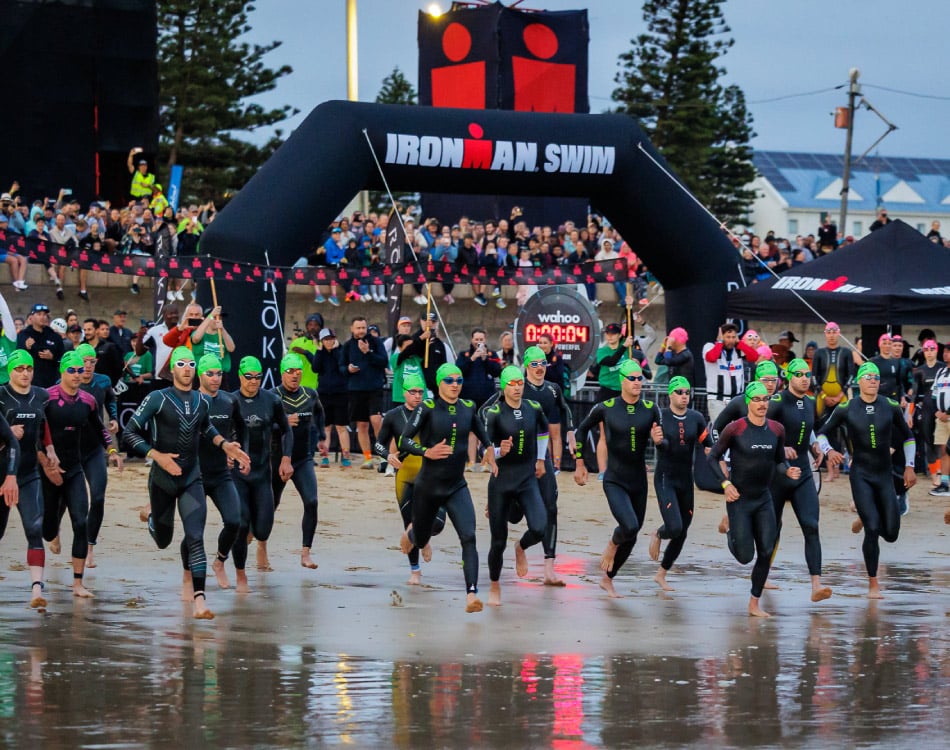
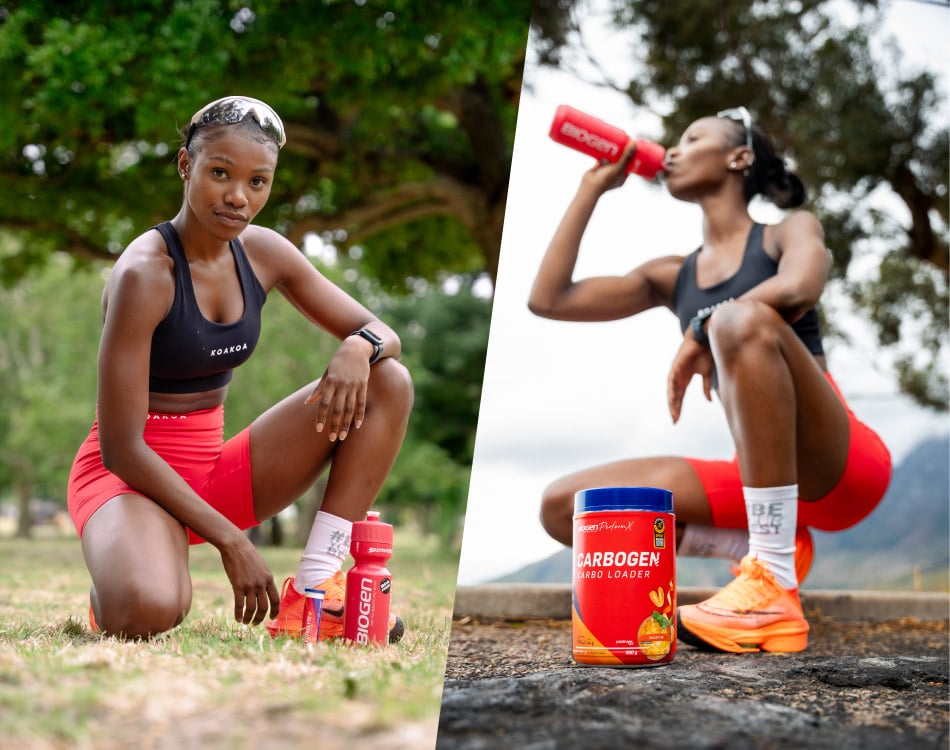
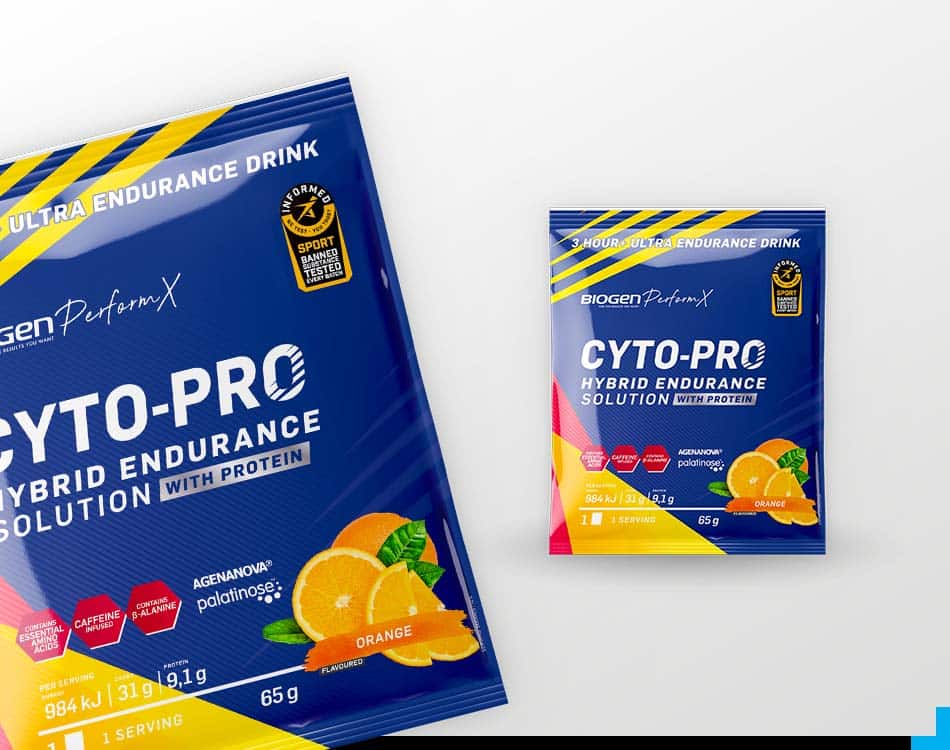
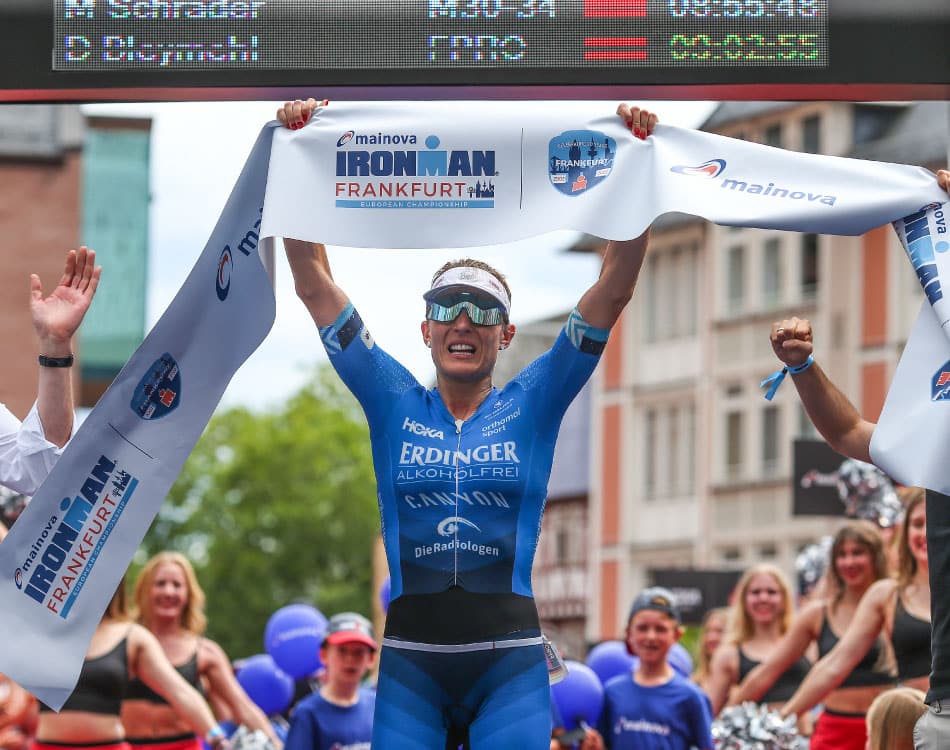
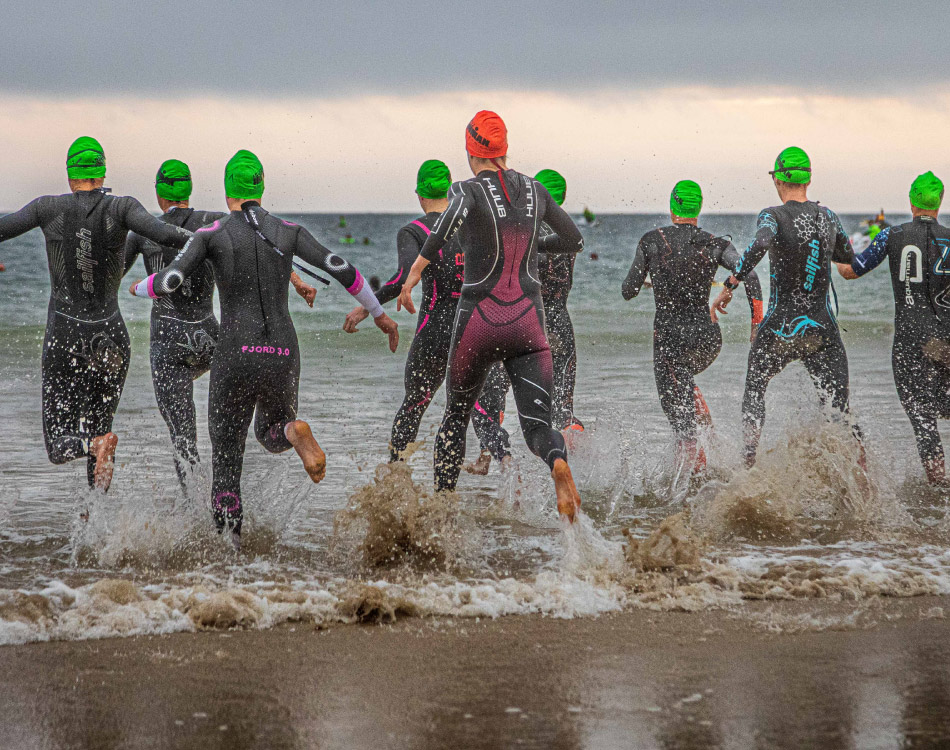

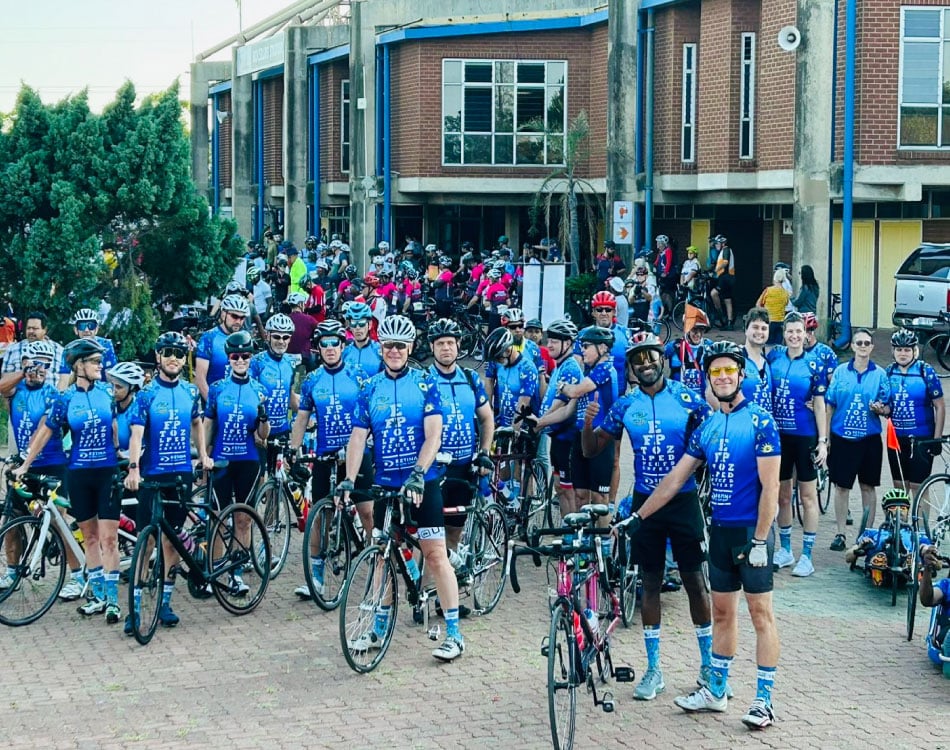
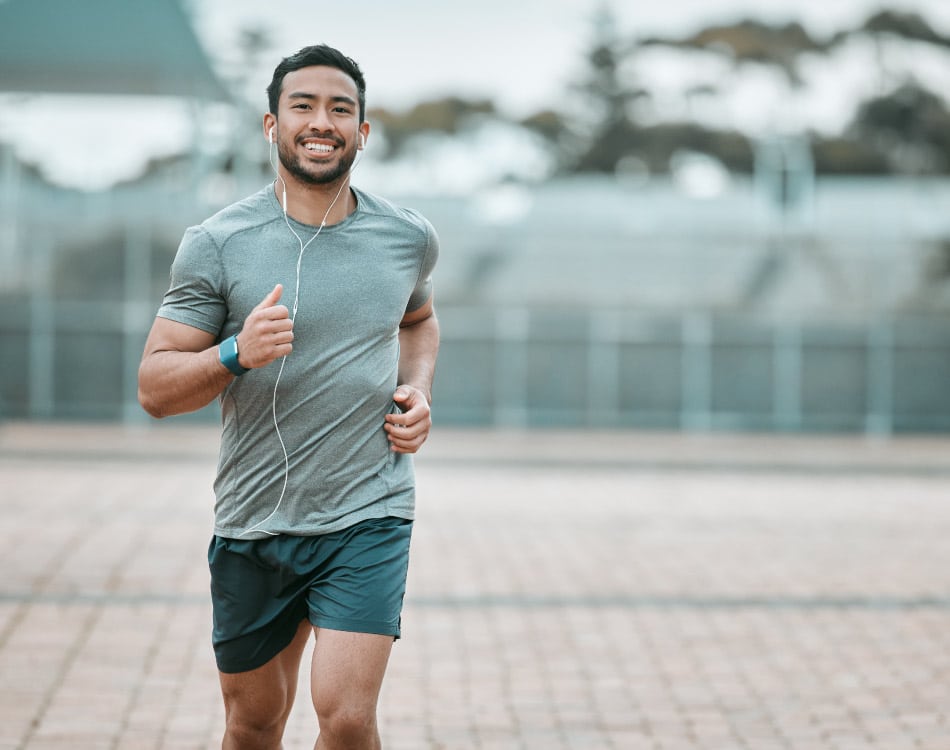

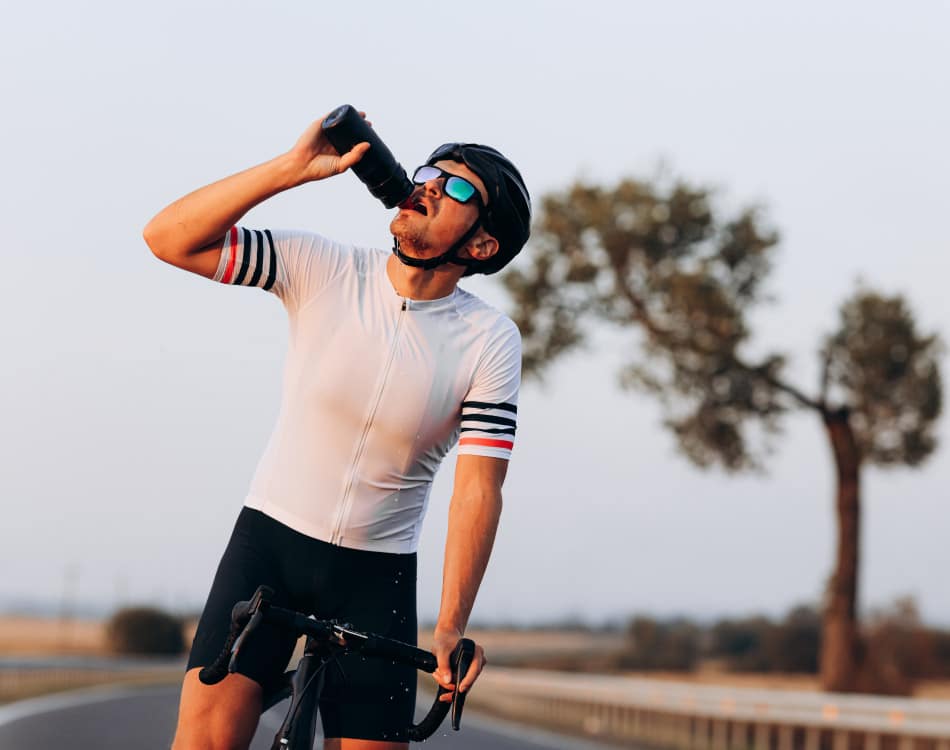
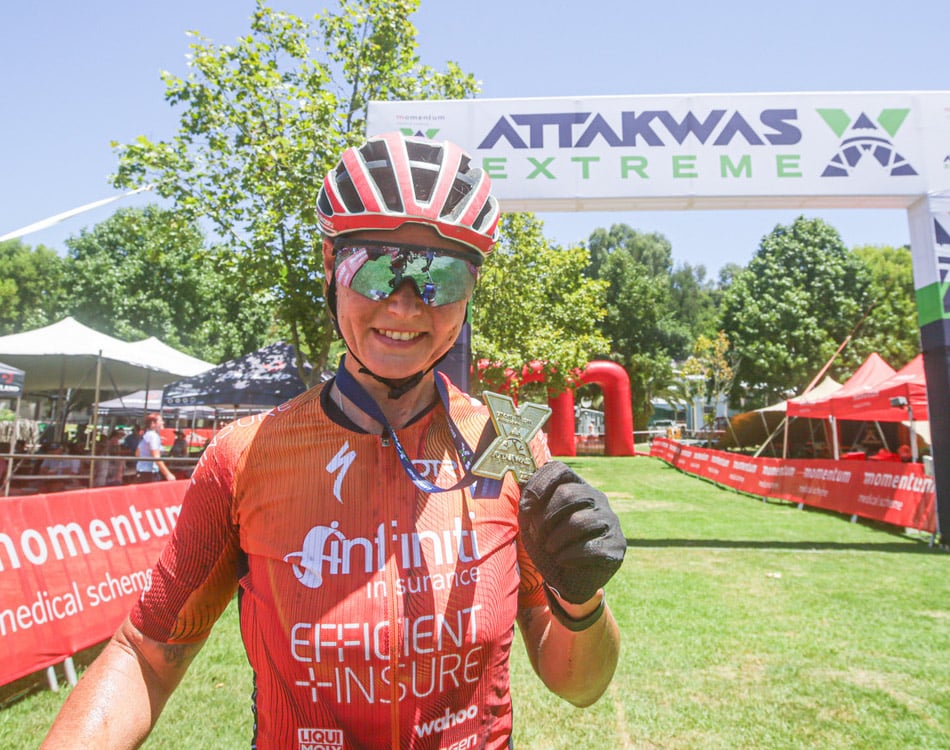
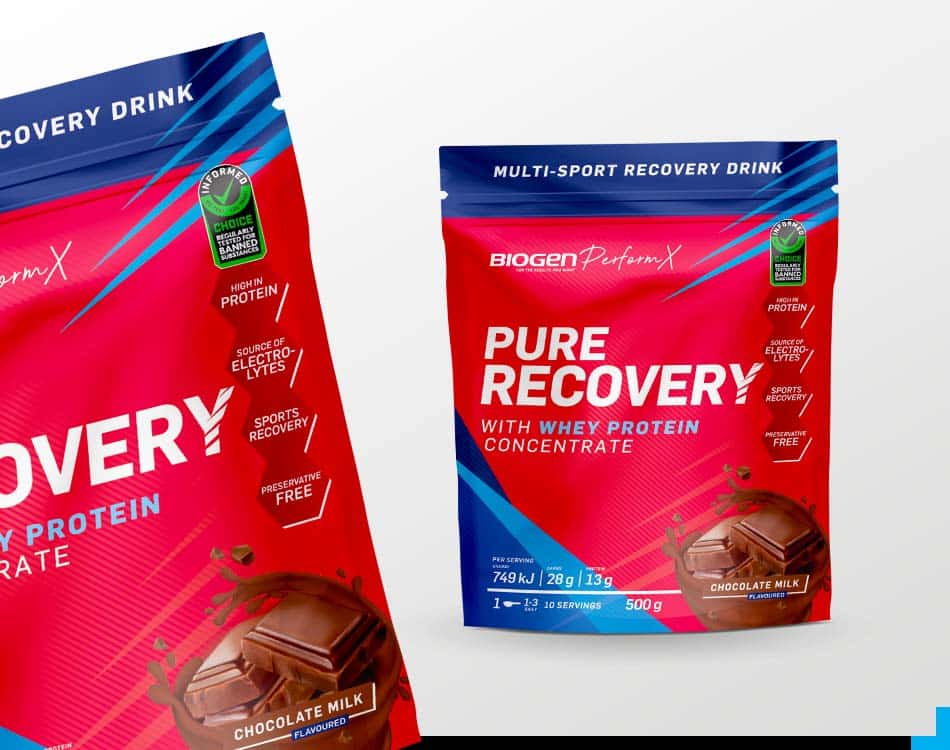



Leave A Comment